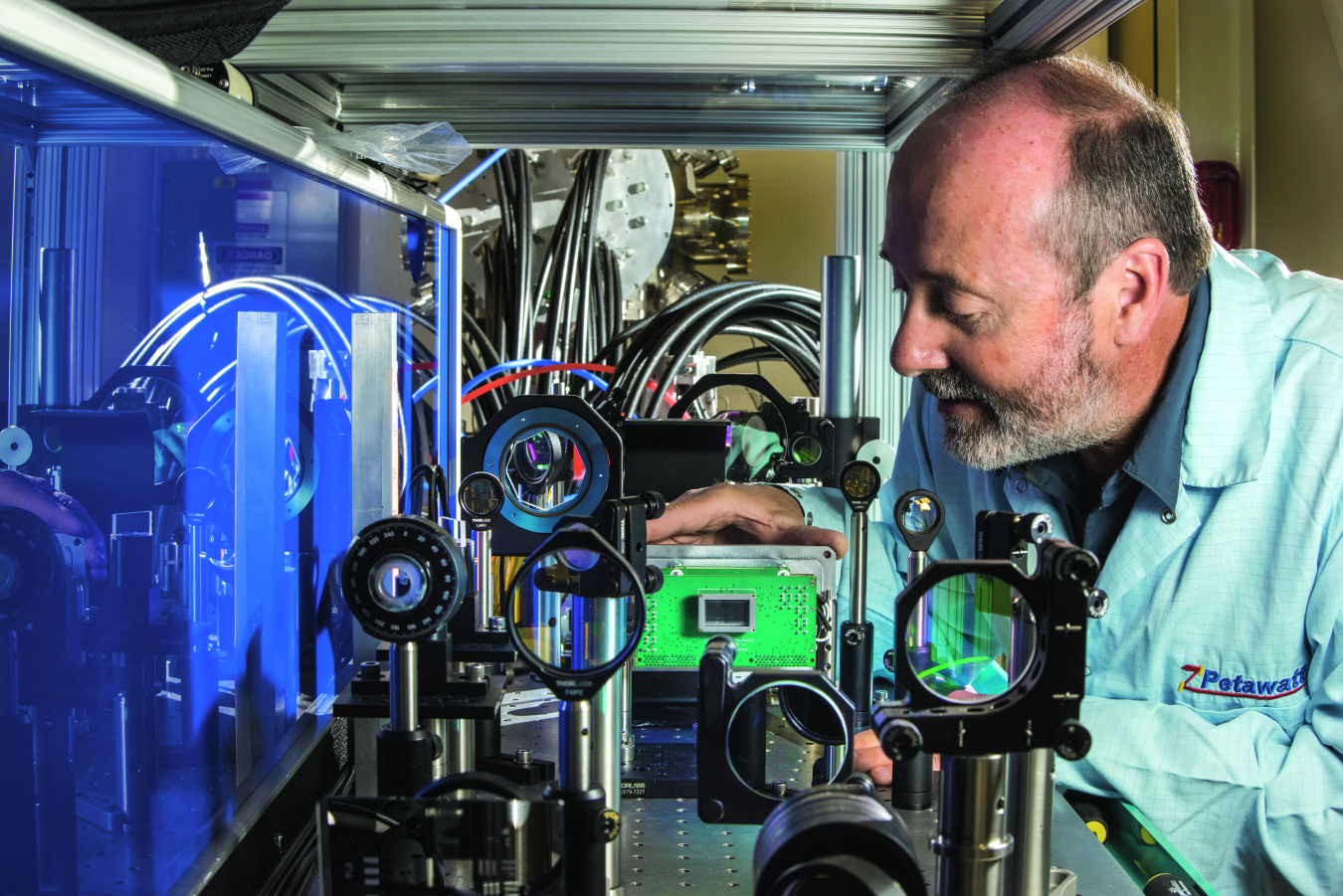How does NNSA use X-rays to accomplish its missions?
National Nuclear Security Administration
October 19, 2018

X-ray technology has moved far beyond Wilhelm Röntgen’s homemade portraits of his wife’s hand bones. It now has countless applications, from airport security and your dentist’s office to the field of inertial confinement fusion.
Sandia National Laboratories’ Z Pulsed Power Facility uses magnetic fields and electrical currents to recreate the extreme radiation, pressure, and temperatures produced by a nuclear detonation. This work plays a key role in NNSA’s mission to assure the reliability and safety of our nuclear weapons stockpile as it ages.
The powerful X-rays of the Z machine support research in high-energy density science as part of Sandia's Pulsed Power program, which began in the 1960s. Researchers have been refining their methods ever since. In fact, the Z machine was recently outfitted with a high-resolution optical lens that provides a very specific, narrow-band X-ray reflection for radiation effects testing.

Additionally, Sandia researchers have created the fastest multi-frame digital X-ray camera in the world, called the ultra-fast X-rVintage Security Postersay imager. The camera takes images with an exposure time of only 1.5 nanoseconds – 25 times faster than the best digital cameras. This photographic marvel captures plasma images in Sandia’s Z-Beamlet Laser facility and at Lawrence Livermore National Laboratory’s National Ignition Facility with greatly enhanced spatial and temporal resolution. This capability is vital to recording and studying complex experiments that occur within the blink of an eye.

Scientists at Los Alamos National Laboratory have also gotten creative with their cameras. Similar to the Z machine, the Dual-Axis Radiographic Hydrodynamic Test Facility (DARHT) exists to give real-world validation of nuclear simulations to ensure the safety, security, and effectiveness of our nation’s enduring stockpile.
Experiments on DARHT use two electron accelerators arranged in an “L” shape to fire an incredible amount of energy at tiny tungsten targets. The resulting X-ray burst at the intersection of the two accelerators creates dual-angle digital images from which 3D models can be generated and analyzed.
Research at NNSA spans the entire electromagnetic spectrum – take a look at findings at other frequencies and how they help further the missions of the Nuclear Security Enterprise.

